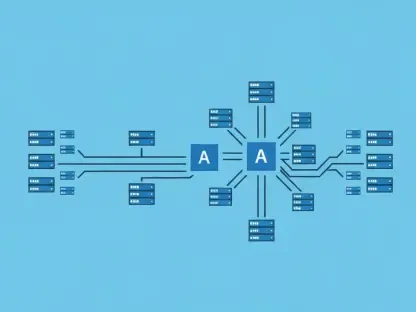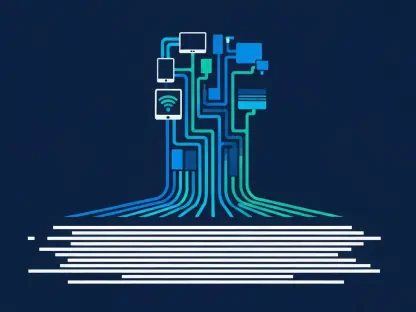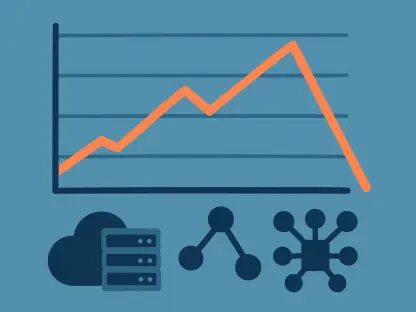10 Tools to Wondrously Manage Your Projects
If you access the homepage of a popular project management tool, you might find yourself absorbed for a moment. A short video of office employees closing their laptops and getting up at the end of a meeting is playing in the background. Nothing shocking, one would say, but then these people magically transform into task cards that group themselves on a dashboard.
Magical Realism or Magical Technology?
When real people start transforming into automated notifications, it’s a clear sign that we’ve advanced so much in this digital world that our company culture might find it hard to keep up. One suddenly finds themselves looking for unified communication tools to enable levels of collaboration that once seemed impossible.
Not to mention the urge to enjoy working. But there’s always a catch: this work has to be productive. And it can be—as long as there’s a platform that meets everyone’s needs.
As a team, you need connectivity on all levels, and even the smallest tips & tricks are helpful. Take team chat apps, for example. They are so necessary because they boost team trust, productivity, and motivation. But they are just a tiny part of a wholesome system that enables your growth through its magical powers. You need to write a story that paints a realistic view of the modern world while also adding magical elements. That’s magical realism, by the way.
Magic Powers: Contemporary Software Features
From tools that help with simple scheduling to enterprise-grade PM whole systems, software for managing projects comes wrapped in many shapes and colors. The most common contemporary features are charts, document sharing, budget tracking, dashboards, and communication.
However, if you have a handful of moving parts—like advertising agencies—you might need extra features, such as resource allocation, CRM, accounting and billing, digital marketing tools, and reporting.
Although missing some aspects (e.g., leadership spirit, inspiring mentoring, negotiation), the features of project management software are on their way to surpassing some human abilities. Sometimes, they can even reach state-of-the-art. It’s like having magic powers when automating technical or administrative tasks to free up your brain, time, and energy for things computers can’t do.
But then what can they do?
The Real Secret of Magic
Of course, good advertising helps spread the word out there, but the following (highly user-friendly) tools you’re about to see are tested by experts that have examined them to find out their value.
Because the real secret of magic lies in the performance, as the most commercially successful magician in history once said—David Copperfield.
The high expectations of recent years have shaped the market quite a lot. Project management tools have the powers of a magic wand and are expanding their functions and crossing their limits with new features as we speak. These might complicate the selection process, given the fast-paced growing companies and the constant need for more.
And it somehow makes sense that no human should be expected to be, do, and plan everything. It’s better to let project management software do it, in the end.
10 Magic Wands
Regardless of your choice, remote workers nowadays are currently rewriting the script of traditional office culture and ask for new ways to communicate and plan their tasks.
So, with no further ado, here are 10 PM software solutions that can—and will—wondrously ease your way through an integrated, wholesome workflow.
- Scoro is a holistic business and time management platform, supercharged with Machine Learning. The platform’s innovative changes have led to connected data, thus saving companies time and money.
- Trello lets the robots do the work and boosts productivity by unleashing the power of automation across the entire team while removing tedious tasks from the daily to-do lists with rule-based triggers, custom card & board buttons, and calendar commands.
- Hive, because integrating applications to make it easier to connect is on-demand nowadays. This solution offers several native integrations to popular tools, including Google Drive, Dropbox, Zoom, and more. It has over 1,000 integrations.
- Epicflow’s what-if analysis is a personal time machine. Teams can use it to see if they can take another project into work without overloading resources or determine how their environment changes when adding or removing specific types of resources.
- Monday offers a flexible remote work software built to collaborate anywhere, map deadlines and timeline, get real-time updates, and gain workload insights. This platform centralizes all communication within the context of workflows and projects.
- Keepsolid has The Goals that play several crucial roles for a business, from enforcing Change Management and fixing rescheduling issues, to establishing goal-oriented KPIs and granting full control over all projects.
- Clarizen unveils a platform with increased effectiveness by supporting different work styles and hybrid methodologies across the enterprise to provide autonomy & empowerment.
- Jira. Every team has its definition of Done and how to get there. With a Jira workflow, members of an organization can access the most accurate information anytime, anywhere.
- YouTrack is a project management tool that can be adapted and highly customized to any process to track tasks and bugs, plan sprints and releases, and create workflows.
- Asana. Finally, project managers can use portfolios to organize strategic initiatives and monitor the status of all critical projects in one place.
Having seen them all, are you ready to experience the magic? Which tool do you need the most?









